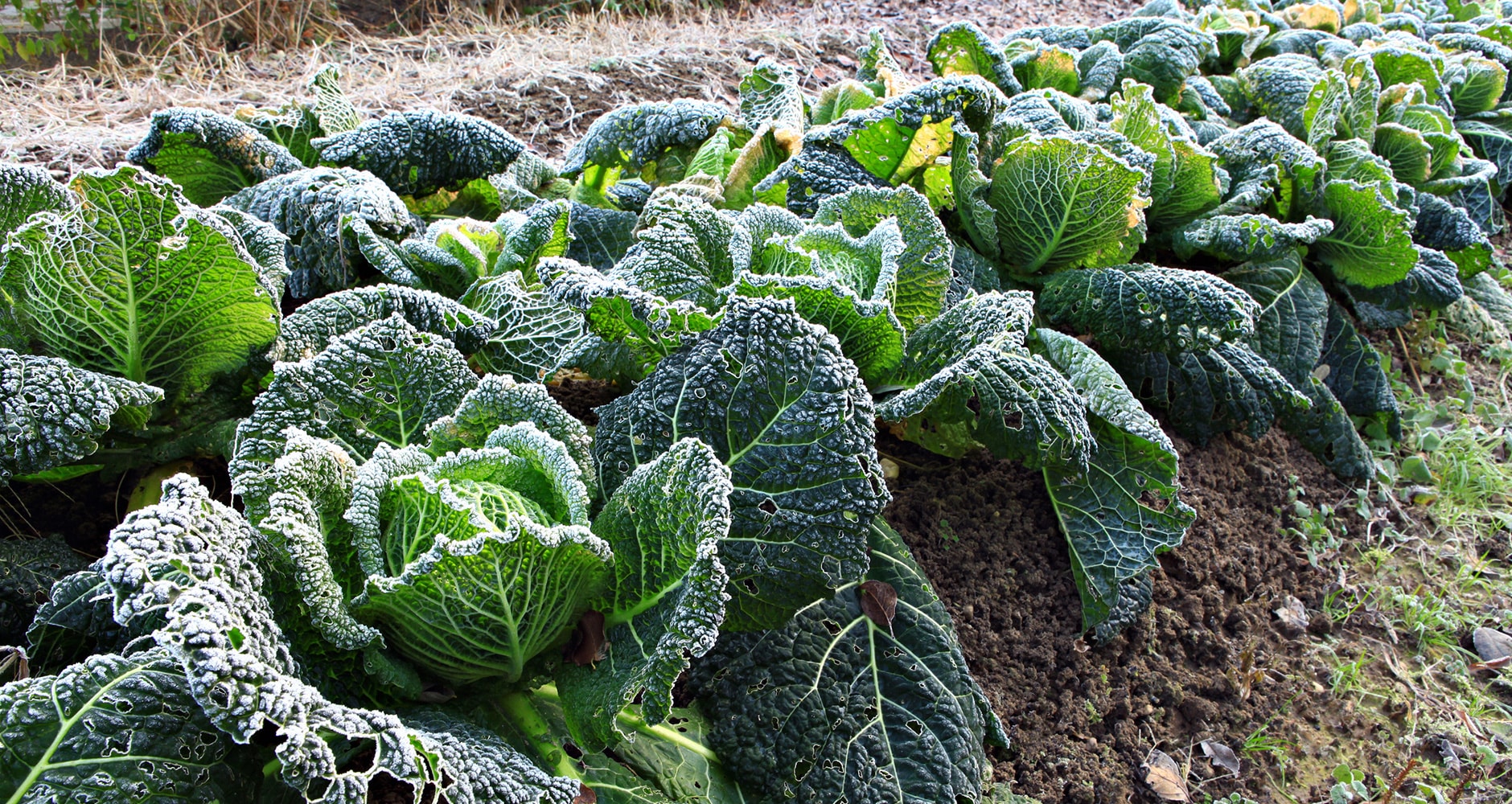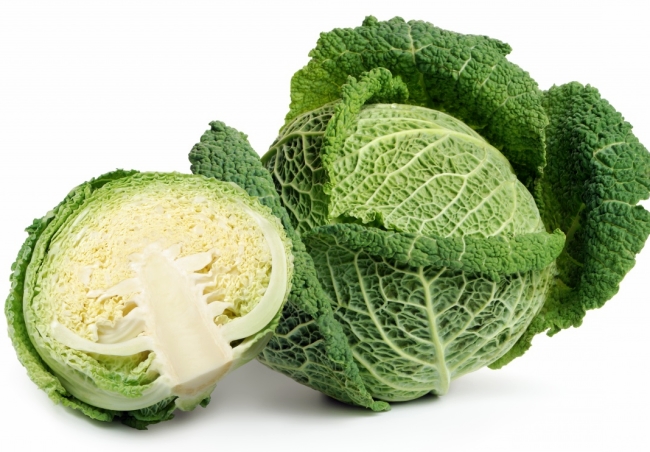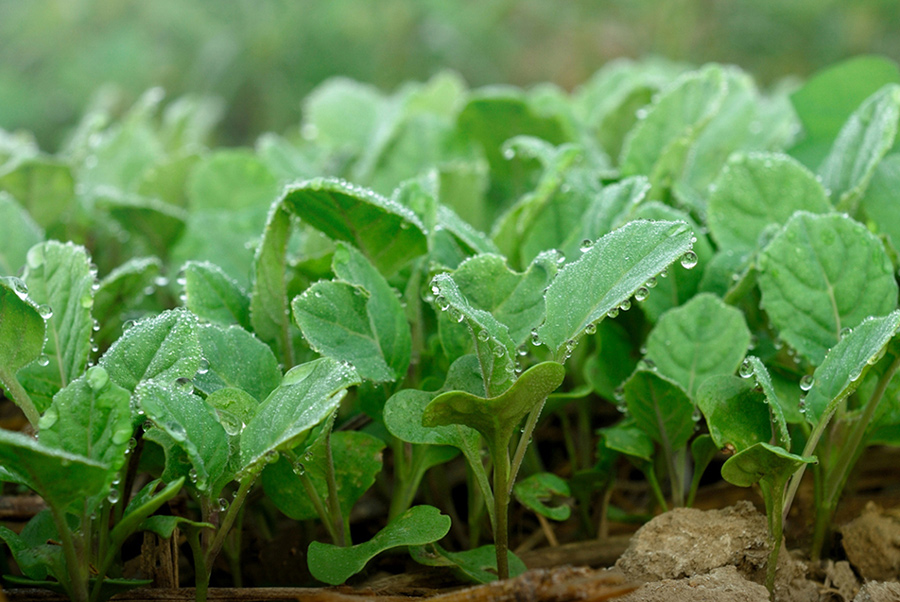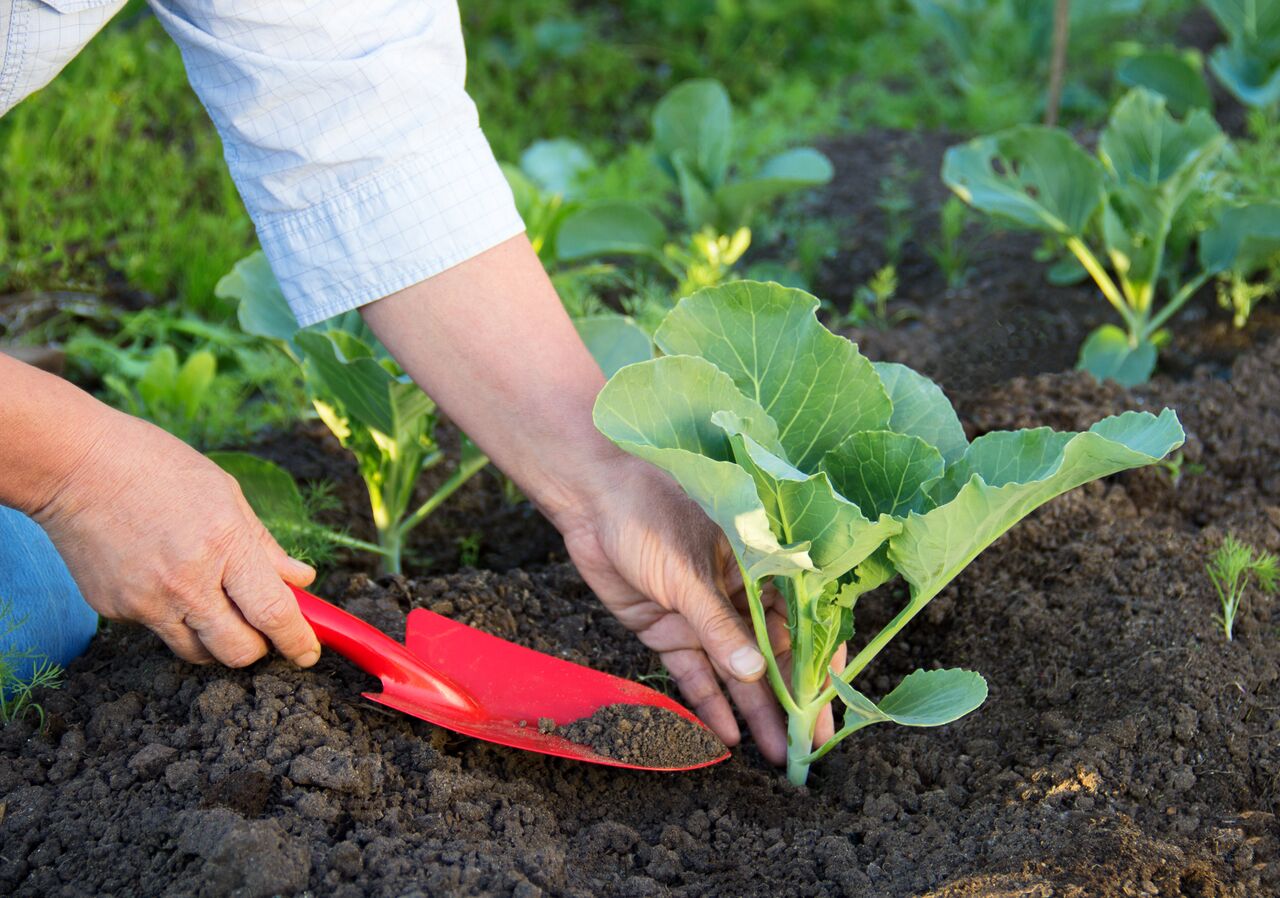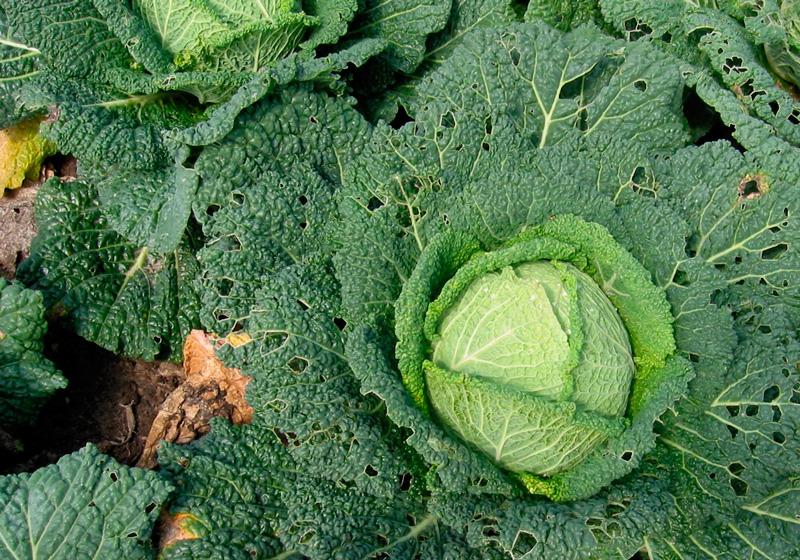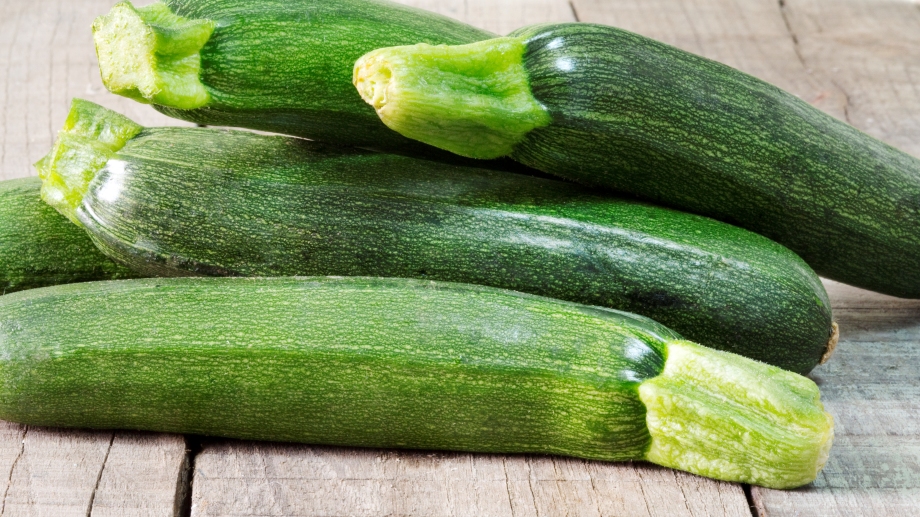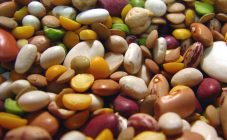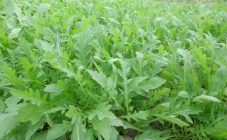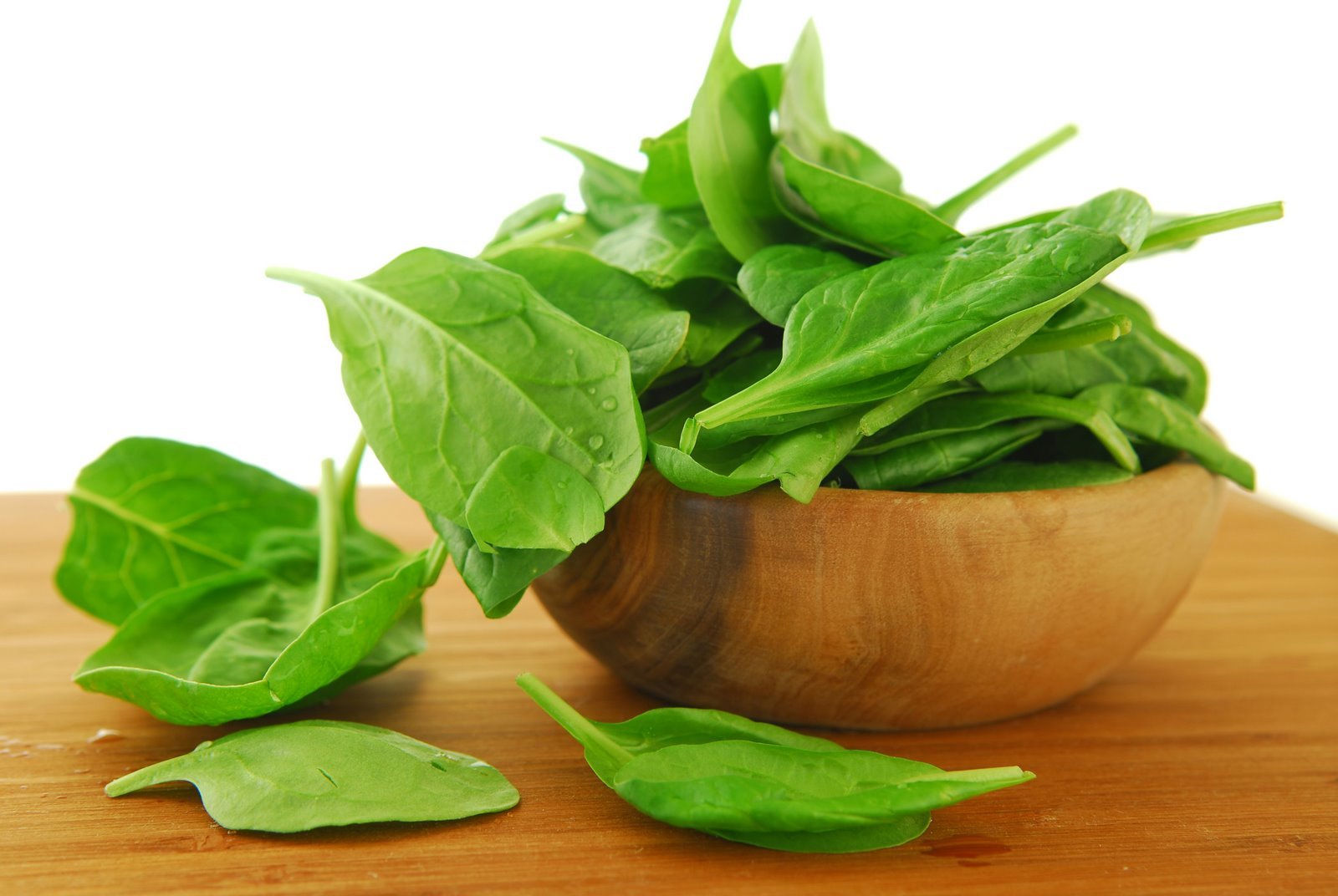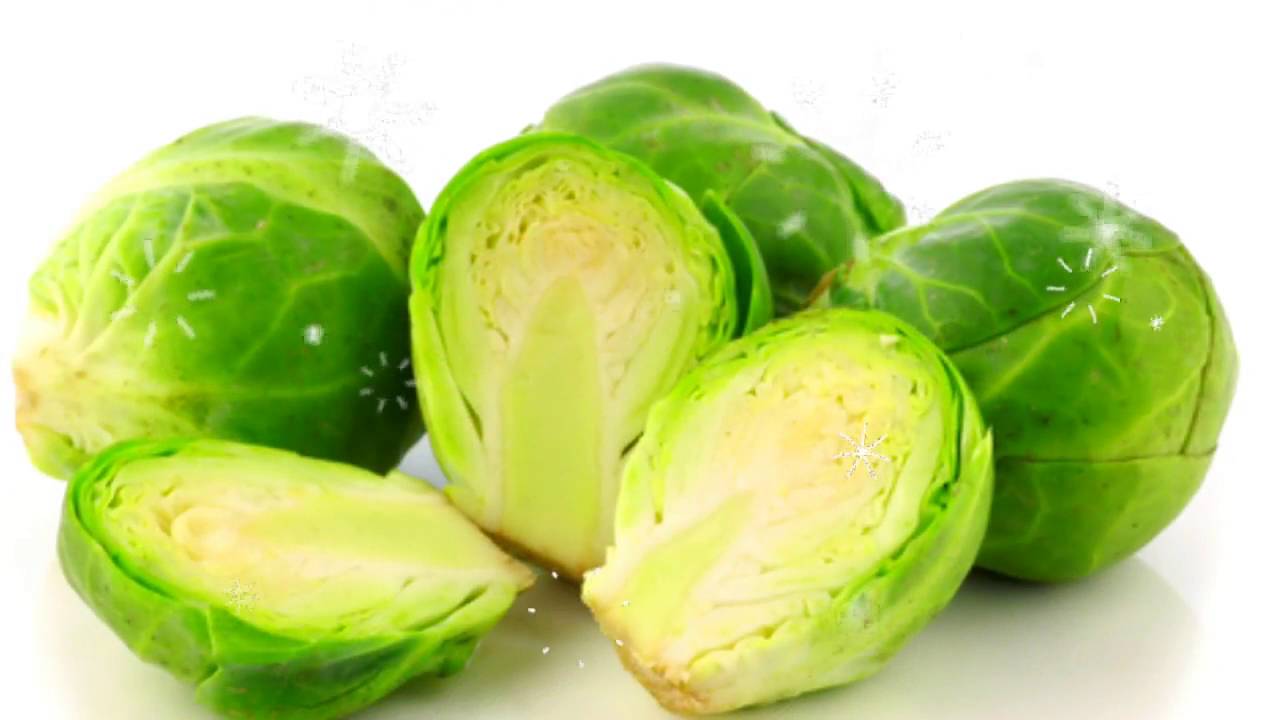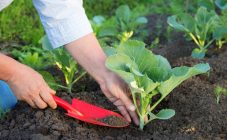Content:
Savoy cabbage is a very popular vegetable that is a type of traditional cabbage and can be successfully grown in our climate. To get a harvest, you need to adhere to all the rules of agricultural technology and cultivation.
Description
Savoy cabbage, the cultivation and maintenance of which in the open field will be considered, is another delicious type of garden cabbage that belongs to the sabuada group.
In general, externally, cabbage resembles a familiar traditional one. It also forms heads of cabbage, but its leaves are corrugated and very thin compared to normal ones. This is practically the only external difference between cabbage and traditional types. The great advantage of this crop is its good frost resistance. Savoy cabbage has a dark green color and leaves no veins.
Heads of cabbage have a delicate spicy taste. Very often this plant is chosen for making salads and cutlets. It should be noted that this type of cabbage is not suitable for pickling and homemade preparations.
Savoy cabbage is grown in 2 years. In the first season, a small rosette grows on a massive stem, the mass of which does not exceed 1.2 kg. Already in the second year, larger heads of cabbage are formed, reaching 3 kg. And the taste in the second year of culture is more pronounced.
Inflorescences with seeds can also form on the stem. They are perfect for collection and later use as planting material. Seeds, subject to the rules of collection and storage, can be used for up to 5 years.
Chemical composition
This vegetable is of great value because of its unique composition, useful for the human body:
- mineral salts - 0.85%;
- sugar - 4-7%;
- crude protein - 1.7-4%.
Additionally, any 100 grams of a vegetable contains:
- vitamin A - 0.3-0.7 mg;
- vitamin C - 2-90 mg;
- vitamin P - 3-4 mg.
Varieties
Savoy cabbage has several types. Most often, the classification of the culture is carried out according to the ripening period:
- The early varieties of culture include Jubilee 2170, Julius F1, Vienna early 1346;
- Among the most popular mid-season varieties, one should highlight Sphere, Melissa F1;
- Late varieties of culture are no less popular, for example, Morama F1, Ovasa F1, Verosa F1.
About seedlings
Savoy cabbage, which is native to countries with warmer climates, has certain cultivation characteristics. To get a harvest, you will need to plant this plant with seeds, and plant seedlings in the open ground.
Seed preparation and sowing
To get an early harvest of Savoy cabbage in early or mid-July, you will need to acquire early varieties of the plant. Sowing in this case is carried out in the month of March. Later varieties for seedlings must be sown a little later, in April.
To increase seed germination and their immunity, preventive treatment of planting material should be carried out before sowing. The procedure is performed in several stages:
- First, the seeds are placed in water heated to 50 degrees for 15 minutes;
- Then they sink into ice water for a minute;
- The final stage of processing will be the placement of seeds in a growth promoter. The seeds are kept in a solution with trace elements for about 12 hours.
Seedling preparation
For sowing seeds of savoy cabbage, a nutritious soil is used, which must first be shed with a solution of potassium permanganate. It is best to use a mixture of sand, wood ash and peat. Each component is taken in equal amounts. A distance of 3 cm is maintained between the rows, the seeds are located at a distance of 1 cm from each other and are planted to a depth of 1 cm.
The optimum temperature for seed germination is 18 degrees. It is important to organize greenhouse conditions, for example, cover with glass. After the emergence of seedlings, containers with sprouts are opened and transferred to a room with a temperature of no higher than 8 degrees.
Pick procedure
After the first true leaf appears, the seedlings should be planted in separate pots.
Immediately after picking, the seedlings should be watered with a weak solution of potassium permanganate. The culture should not grow in direct sunlight for a couple of days. Until the seedlings take root, the temperature should be about 17-18 degrees, after which it should be kept within 13-14. After the formation of the second true leaflet, top dressing should be carried out. A teaspoon of complex fertilizer and 1 tablet with trace elements are diluted in 2 liters of water.
Hardening
Before transferring the Savoy cabbage seedlings to a permanent place in the open ground, it is important to harden the cabbage so that the cabbage takes root much faster. They begin to harden seedlings 14 days before planting, in several stages:
- The first two days, it is enough just to open the window for 4-6 hours;
- Then for 8 days the plants are brought out to the loggia and balcony, shading the seedlings from the sun. At night, the seedlings are removed back to the room;
- 4 days before transferring to a permanent place, the seedlings can be left in the loggia for a full day.
Moving Savoy cabbage outdoors
The soil, where it will be transferred to open ground for growing seedlings, must be prepared in the fall. First, cultivation is carried out by digging, why wait for time until the weeds sprout. They are carefully removed and the soil is liming. After that, the plot for growing Savoy cabbage is dug up again.
In the spring, fertilizers are applied for each square meter:
- 3-4 kg of rotted compost;
- 200 gr. wood ash;
- 35 gr. mineral fertilizers.
After the introduction of such substances, the beds are dug up again and prepared for planting.
You can transplant seedlings under the following conditions:
- seedlings should have 5-6 true leaves;
- plant height has already reached 18-20 cm;
- the color of the plants is bright green;
- the root system is formed and strong.
The transfer of Savoy cabbage seedlings should be carried out in the evening, when there is no direct scorching sunlight. For planting seedlings, small holes should be made (equivalent to the size of the container where cabbage is grown) at a distance of 35-40 cm between the plants. A distance of 0.5 m is maintained between the rows. Before planting, the rows are thoroughly watered. Seedlings are buried in soil to the first leaf.
Growing care
The first loosening is carried out immediately after planting to a depth of 5-7 cm. The next loosening is carried out after a week to a depth of 12-14 cm. It is recommended to carry out loosening with complete removal of weeds every week. After about a month, hilling plantings are carried out. For later varieties, it is recommended to huddle twice during the growing period.
Watering should also be done according to a specific pattern. First, planting is watered after 1 day. Watering is gradually reduced to 1 time per week. Further, the frequency of watering is determined, depending on the characteristics of the weather. If rainfall is regular, but watering will be rare.
To obtain a good harvest, regular feeding is also necessary. The first time the plantings are fed after the seedlings get stronger and begin to grow. For 10 liters of water, 1 liter of mullein is diluted. After the heads of cabbage begin to tie, the feeding is repeated, but with mineral fertilizers (10 g of water will require 15 g of urea, 25 g of potassium sulfide and 60 g of superphosphate).
Pests and diseases
Savoy cabbage, like other members of this family, is prone to all typical diseases. In order to secure your planting as much as possible, first of all, it is important to strictly observe all the rules of agricultural technology.
Fungal-type diseases are cured by treating plantings with fungicides.
Pests can also attack cabbage. Most often they like to feast on cabbage leaves:
- wireworm;
- cruciferous flea;
- whites and scoops;
- bed bugs;
- aphid;
- slugs;
- spring cabbage fly.
When you find the first signs of the presence of insects, you should go to the store and buy special preparations.
Harvesting
Depending on the variety of cabbage, harvesting is carried out. Savoy cabbage harvesting should start in July. It is mainly used for salads, cabbage rolls, cutlets. Storing early varieties of Savoy cabbage will not work for a long time, especially at home.
Harvesting of late species is done in October. It is best to store heads of cabbage, the weight of which does not exceed 500 grams. To keep the cabbage longer, you should leave three leaves and sprinkle the head of cabbage with crushed chalk. In a cool dry place, the heads of cabbage are left for 2-3 days and hung up for storage. Humidity should be kept up to 95% at an air temperature of +3 degrees.
As you can see, growing Savoy cabbage is not too easy, but if you follow the rules of cultivation, it can be done. The main thing is to ensure that the plant does not overgrow and receive all the necessary amount of moisture and nutrients.
